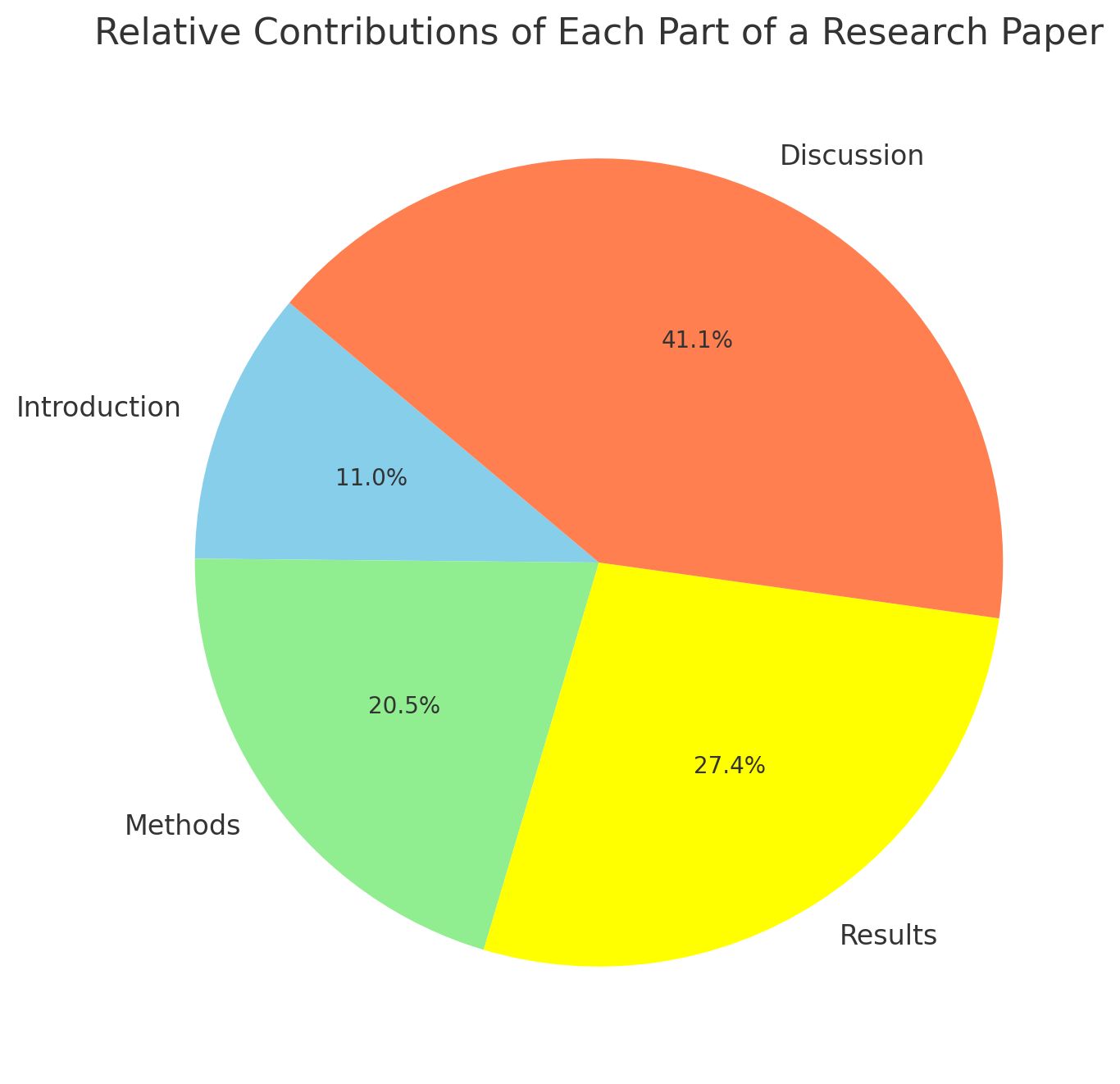Full Guide and Template For Your Scientific Paper
The methods section is one of the most important parts of a scientific paper; writing one is a cornerstone of Academic writing and medical research. This section describes the procedures and processes used to conduct the study and collect the data. Writing a clear and comprehensive methods section is critical for allowing other researchers to evaluate, reproduce, and build upon the research. Three questions must be answered in this section.
- How was the experiment conducted?
- What details are necessary for replication?
- What are the expected outputs from the experiment?
In this blog post, we provide a step-by-step guide to writing an effective methods section for a scientific paper and a comprehensive template to supercharge your academic writing.
Organizing the Methods Section
The methods section should be divided into logical subsections to improve flow and readability. Common subsection headers include:
- Participants
- Materials/Instruments
- Research Design
- Procedure
Describe the Study Participants
The participant’s subsection should provide relevant details about the subjects, including:
- The total number of participants
- Key eligibility criteria and demographic details
- How participants were recruited/selected
- Any grouping or assignment of participants to conditions
Thoroughly List Research Instruments and Materials
The materials subsection should include a detailed list of instruments, tools, and materials central to data collection and analysis. For specialized or custom equipment, include schematics or technical specifications. For clinical research based on data analysis, the statistical software used and the methods to procure the data or database must be outlined.
Explain the Research Design
Clearly describe the study design and define all variables. Explain how variables were measured and manipulated. Identify controls, interventions, comparison groups, etc.
Provide a Step-by-Step Procedure
The procedure subsection should provide an exact, step-by-step description of how the study was conducted and data was collected. Be precise and detailed enough to enable replication. Reference appendices and citations where applicable.
Emphasize Transparency
Strive for complete transparency regarding all instruments, measurements, data processing/analysis, subject selection criteria, and limitations. Thoroughly describe any custom tools or analysis code.
Use Concise, Technical Language
The methods section calls for clear, clinical writing absent of interpretation or opinion. Use precise terminology and active technical language. Provide specifics – do not overgeneralize processes.
Enable Replication
The end goal is to allow other researchers in the field to replicate experiments and verify analyses accurately. The ideal methods section leaves no relevant procedural uncertainties. It is usually about 2-3 pages (possibly higher in experiments resorting to innovative methods or plenty of techniques or sophisticated statistics) – and does not normally exceed 750 words over 6 9 paragraphs; 5-15 references is an average and is about 20% of the paper.

Clinical Research Methods Section Template
Introduction to Methods
- Overview: Begin with a brief introduction summarizing the purpose of the study and the overarching research question. This section sets the stage for the detailed methodology that follows.
Subsection Division
- Subsection Overview: Divide the methods section into clear, distinct subsections. Each subsection should correspond to a specific aspect of your experimental process, including data collection, data analysis, and any other critical steps.
Subsection 1: [Title e.g., Participant Selection]
- Purpose: Explain why this part of the experiment was conducted. Connect it to the overall research question.
- Process Description: Detail the specific procedures followed, including participant selection criteria, settings, and timelines.
- Replication Details: Provide information necessary for replication, such as selection tools, questionnaires, or screening methods used.
Subsection 2: [Title e.g., Data Collection]
- Purpose: Describe the significance of this data collection method in the context of your research.
- Process Description: Elaborate on how data was gathered, mentioning any instruments or equipment used.
- Replication Details: Include detailed parameters, settings, and protocols to enable accurate replication.
Subsection 3: [Title e.g., Data Analysis]
- Purpose: Clarify the role of this analysis in answering your research question.
- Process Description: Describe the analysis methods, including any statistical tests or software used.
- Replication Details: Detail the software settings, versions, and specific statistical methods, ensuring clarity for replication.
Subsection 4: [Additional Subsections as Required]
- Purpose: Relate each subsection to the overarching research aim.
- Process Description: Offer a clear, step-by-step description of the procedures.
- Replication Details: Provide exhaustive details for others to replicate the experiment accurately.
Expected Outcomes
- For Each Subsection: Discuss what outcomes you expect from each part of the experiment. This might include expected data trends, anticipated findings, or potential impacts on the research question.
Anticipation of Challenges
- Address Potential Criticisms: Use this section to pre-emptively address potential criticisms of your methodology. Explain your choices and how they strengthen the study’s validity.
By following these key guidelines, you can write a clear, replicable methods section that bolsters the impact and legitimacy of your scientific paper. Let us know in the comments if you have any other methods of writing tips!










